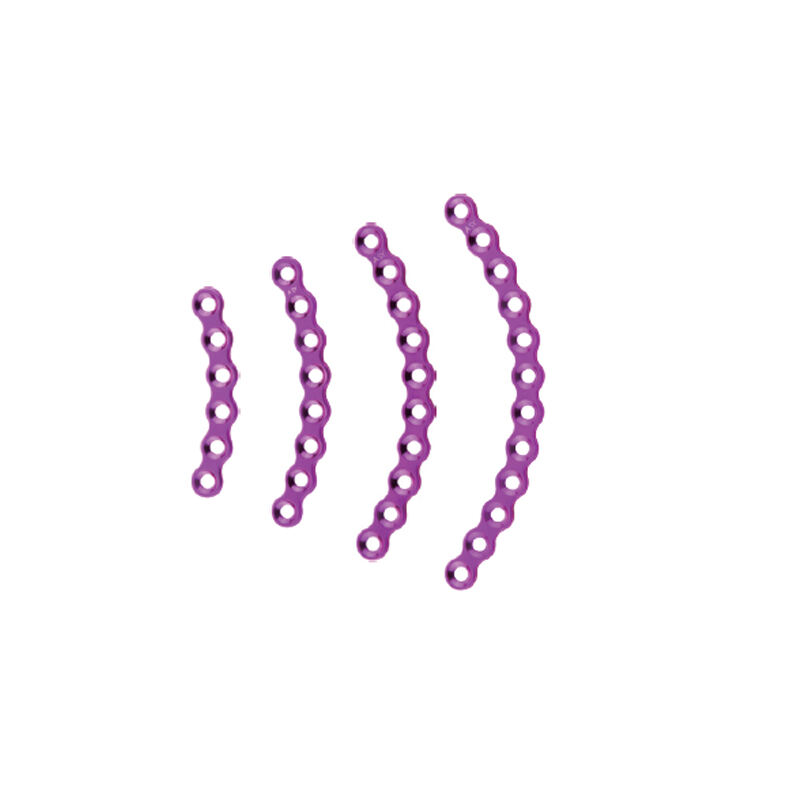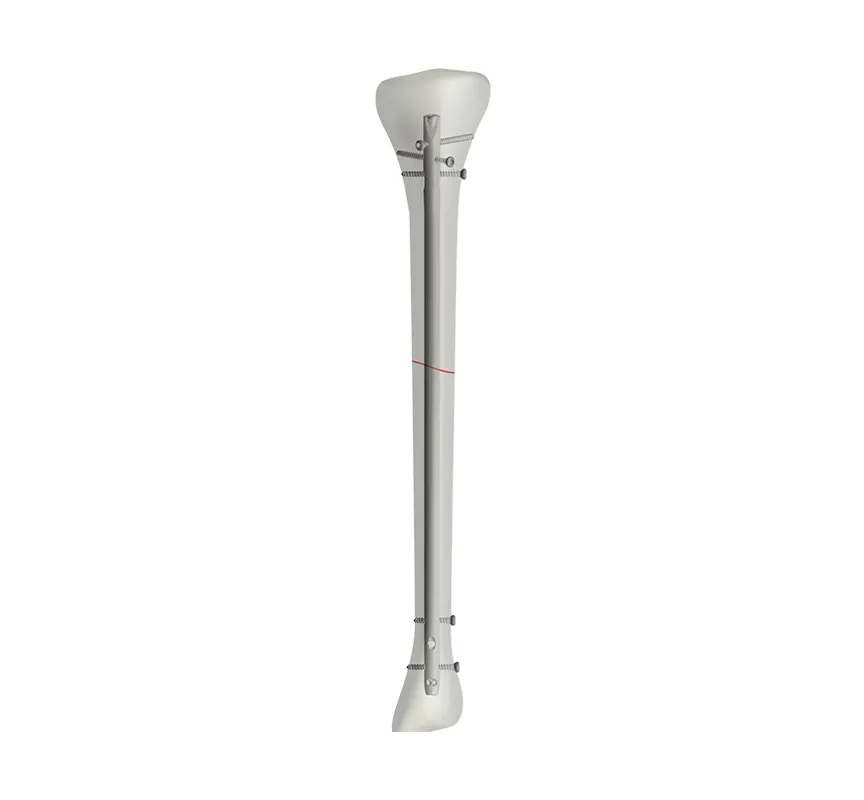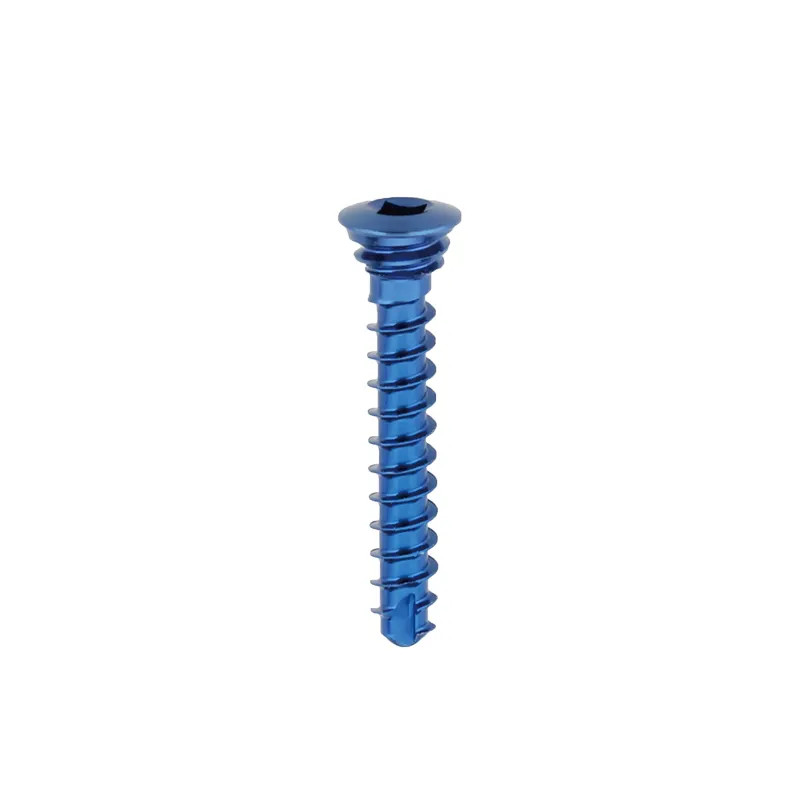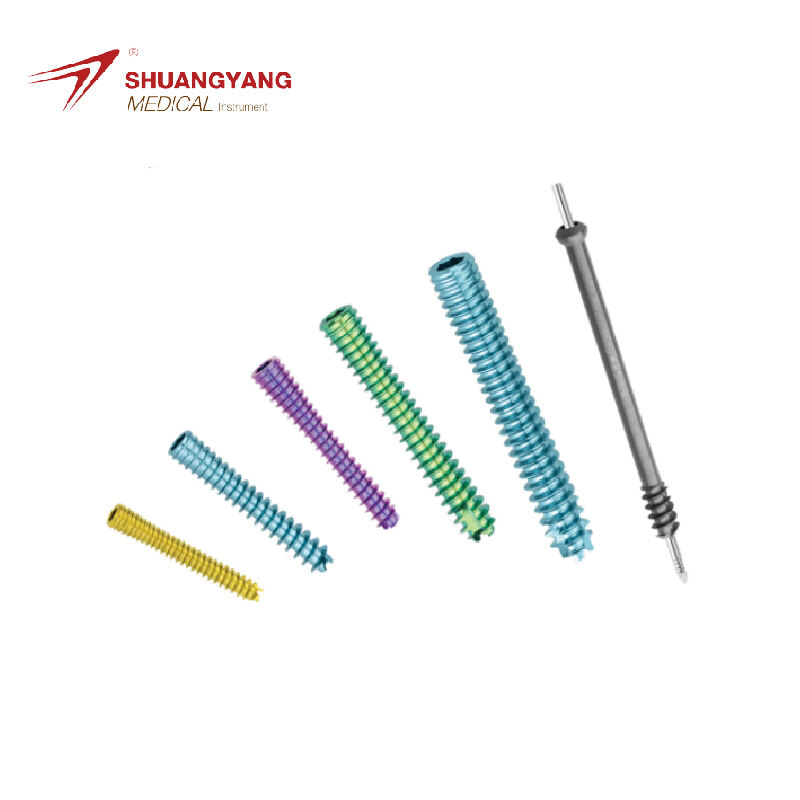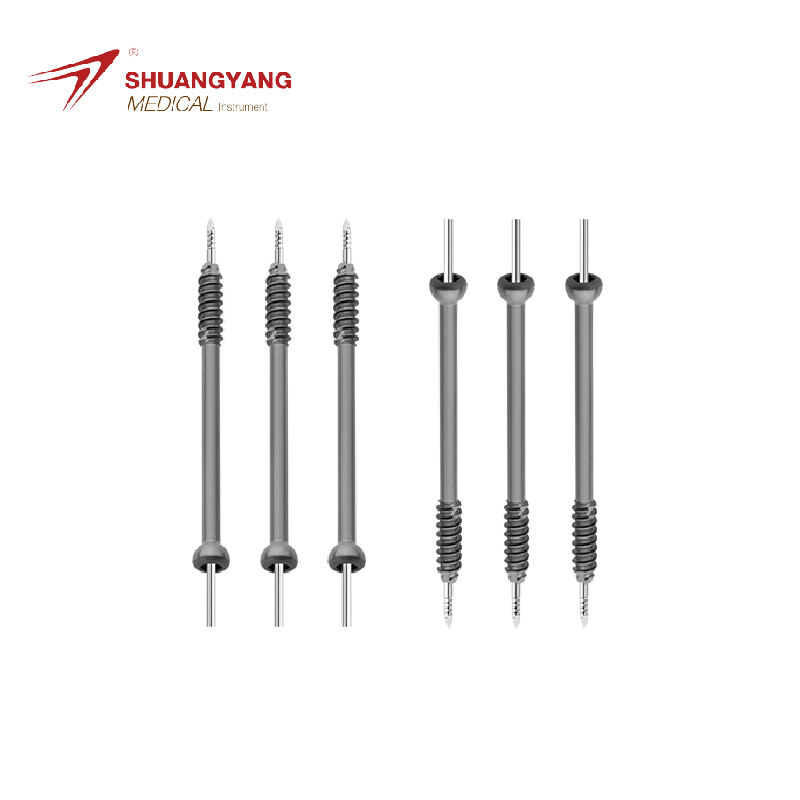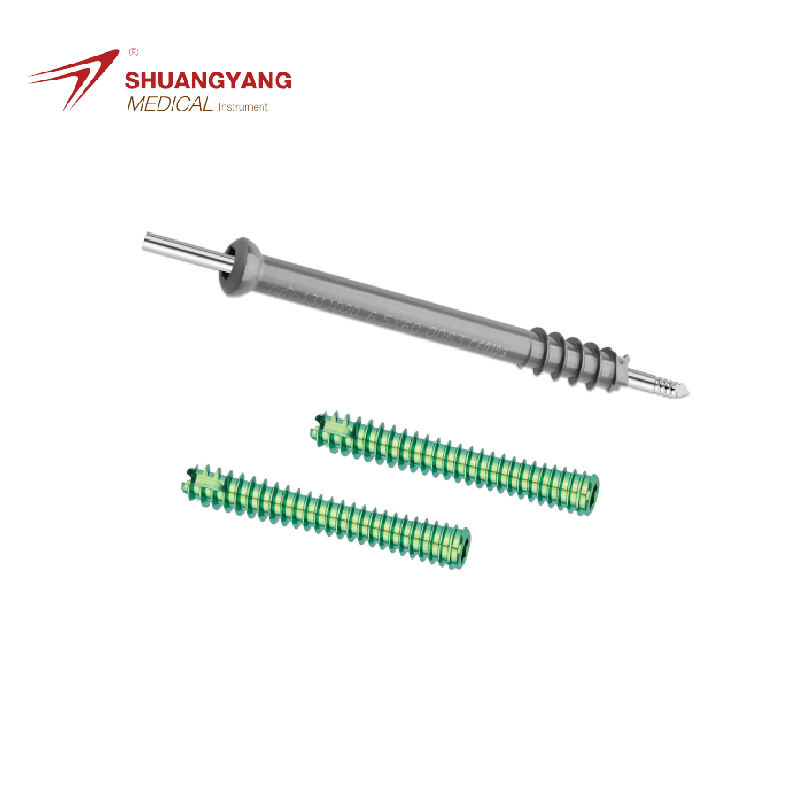intramedullary tibial nail
The intramedullary tibial nail is a medical device designed for the stabilization of tibial fractures. Its main functions include maintaining the alignment of the bone while it heals and supporting the weight of the body to allow early mobility. Technological features of the intramedullary tibial nail include a hollow, cylindrical design with threaded ends that allow for the insertion of screws to secure the fracture. This medical implant is made from high-grade surgical steel or titanium, which ensures its durability and compatibility with the human body. The applications of the intramedullary tibial nail are diverse, ranging from simple fractures to complex patterns requiring reconstructive surgery. It is particularly beneficial for long bone fractures where external fixation may not be feasible or effective.
 EN
EN
 FR
FR
 ES
ES
 AR
AR




